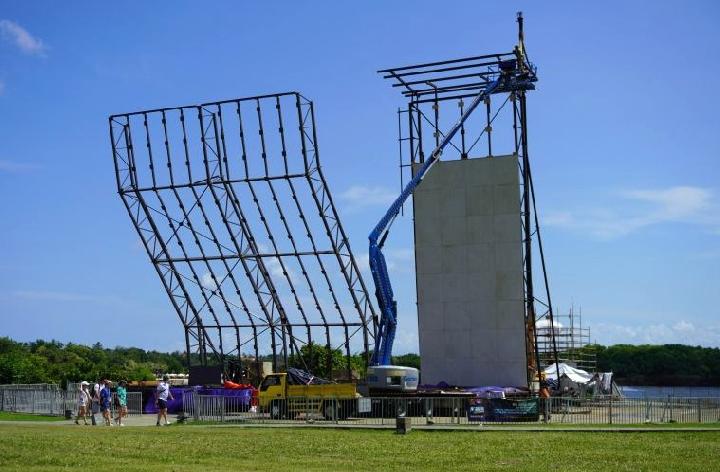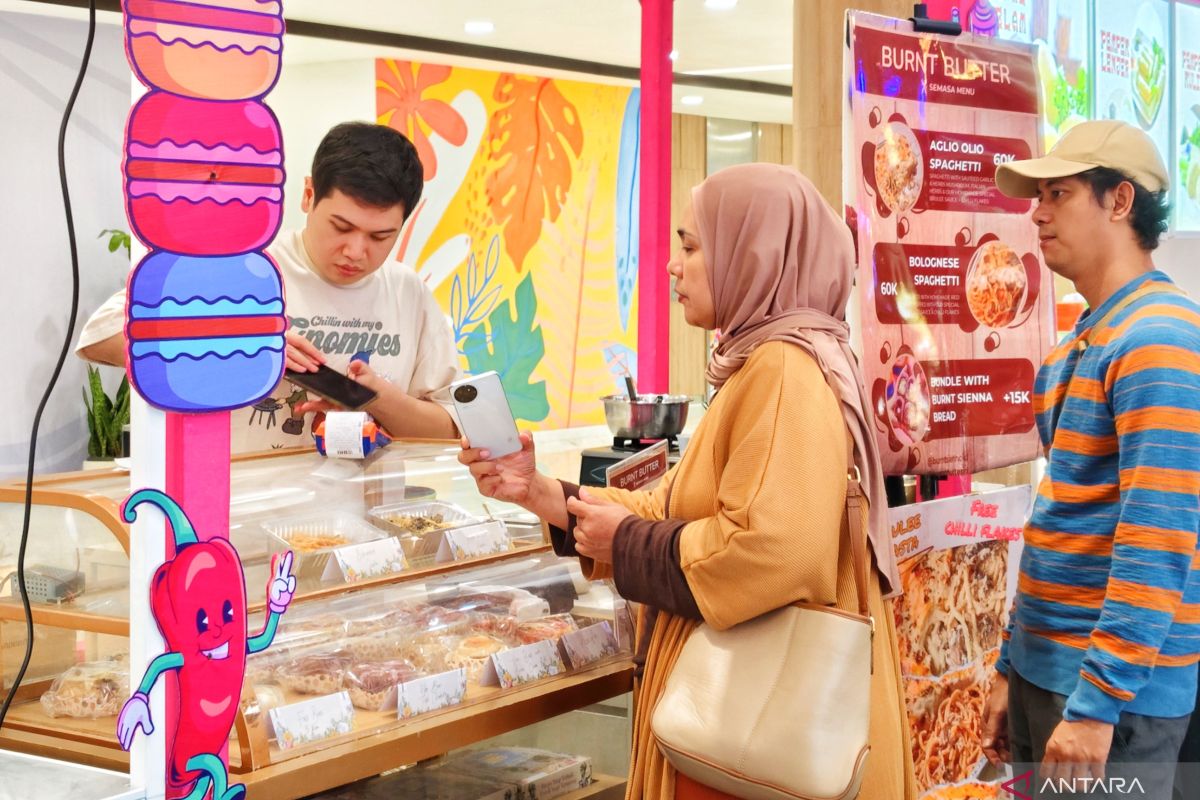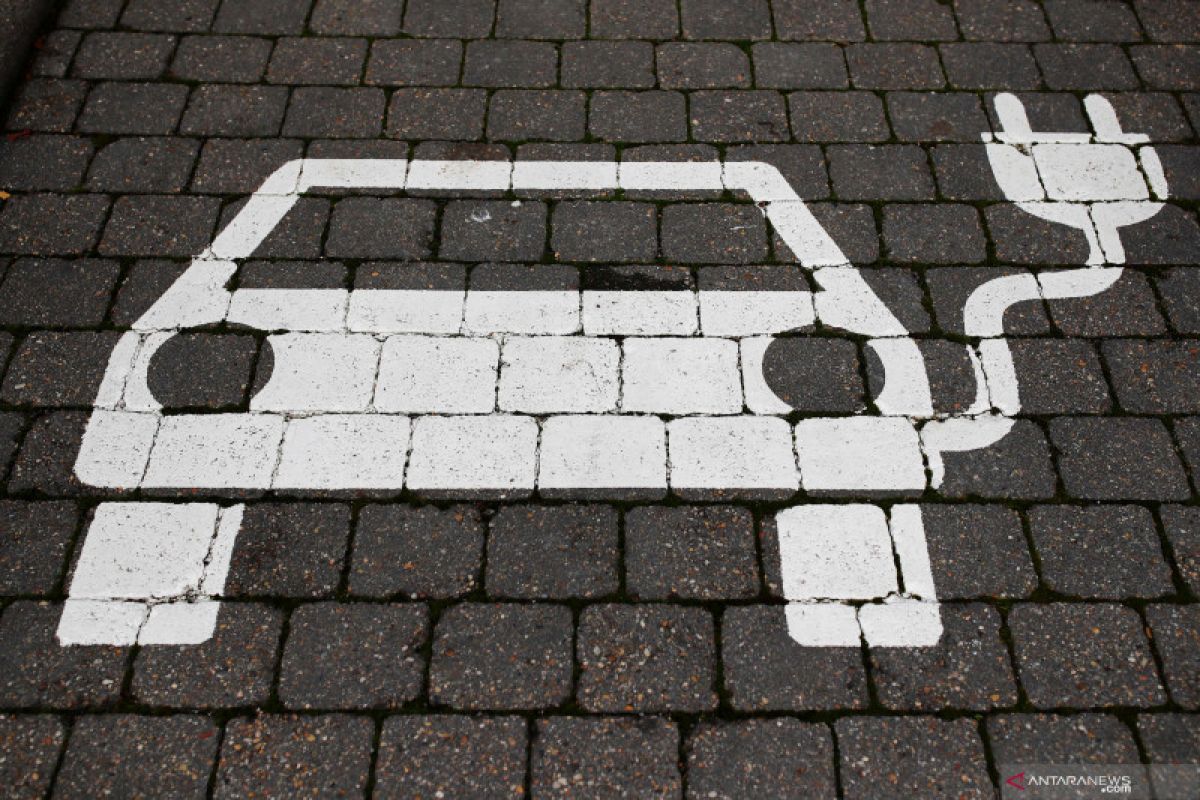TEMPO.CO, Jakarta - Observed globally by Christians on April 20, 2025, Easter is often associated with the contemporary Western symbols of rabbits and vibrantly colored eggs. However, the diverse Indonesian society also embraces Easter with its own distinctive traditions, manifesting in unique rituals and customs.
These Easter observances hold a particular allure for visitors. As documented by the Ministry of Tourism, the following are seven Easter traditions observed by communities across various regions of Indonesia:
1. Buha-Buha Ijuk, North Sumatra
In North Sumatra, a tradition known as Buha-Buha Ijuk sees families visit the graves of their relatives on Easter Sunday. Typically performed before attending church services, this practice commences with the ringing of the church bell. Congregants then proceed from their homes to the family burial sites to offer prayers and pay their respects. Following this solemn visit, they continue to the Easter church service.
2. Jalan Salib (Way of the Cross), Wonogiri, Central Java
Originating in Jerusalem during the Middle Ages and subsequently spreading through Europe and other parts of the world, the Way of the Cross (Jalan Salib) is a significant tradition in Indonesia.
Wonogiri, located in Central Java, is a well-known area where this procession takes place. Every Good Friday, the local Christian community embarks on a three-kilometer journey, carrying a large cross to the summit of Mount Gandul. This procession serves as a poignant reflection on the suffering endured by Jesus Christ as he carried the cross to Golgotha near Jerusalem, the site of his crucifixion.
3. Pilgrimage to Gua Maria Puhsarang Grotto, Kediri, East Java
Kediri in East Java hosts a tradition of pilgrimage to the Gua Maria Lourdes Puhsarang during the Easter season. Puhsarang, a village within the Semen Subdistrict of Kediri Regency, is recognized for the Puhsarang Catholic Church and its associated pilgrimage complex.
This tradition includes the Stations of the Cross, which vividly depict the Passion of Jesus Christ leading up to his crucifixion. Following the Easter Vigil Mass, many worshippers extend their devotion by visiting the Gua Maria Lourdes situated within the Puhsarang complex.
4. Momento Mori, Central Kalimantan
Momento Mori, which stems from the Latin phrase meaning "remember that you will die," is a tradition introduced during the Dutch colonial era in the 19th century. Observed on Holy Saturday in Central Kalimantan, it involves gathering at family graves. Throughout the night until the break of dawn, participants light candles and adorn the graves with flowers as a gesture of reverence. As Easter Sunday commences with the sunrise, these pilgrims continue their worship and Easter celebrations.
5. Way of the Cross at Getsemani Prayer Hill, Tana Toraja, South Sulawesi
The Way of the Cross tradition is also a significant part of Easter observances for the Toraja community. This tradition unfolds at Getsemani Prayer Hill in Makale, featuring fourteen stations that represent the distinct stages of Jesus's suffering.
Worshippers proceed from the first station to the last, engaging in prayer and contemplation of Christ's sacrifice. The entire path leading to the hilltop is adorned with statues that vividly portray the events of Jesus's Passion, fostering a deeply spiritual atmosphere for reflection.
6. Semana Santa, East Flores, East Nusa Tenggara
Semana Santa, meaning "Holy Week" in Portuguese, is a tradition in East Flores, East Nusa Tenggara (NTT), that harmoniously blends cultural and religious commemorations, drawing considerable interest from tourists.
Held after Good Friday, Semana Santa commences with a pilgrimage to the Tuan Ma Chapel, a revered site dedicated to the Virgin Mary. The ritual encompasses prayers that recall the betrayal of Jesus by Judas Iscariot, a procession to purify the statue of the Virgin Mary, and culminates in a solemn procession featuring the statues of both Jesus and the Virgin Mary.
7. Kure, East Nusa Tenggara
In Noemuti City, North Central Timor, East Nusa Tenggara, the Kote community observes unique Easter traditions known as "Kure" on Maundy Thursday and Good Friday. Local Catholics undertake a pilgrimage by walking from one house to another, engaging in prayer and contemplating the suffering of Jesus Christ. The term "Kure" is derived from the Latin word currere, meaning "to run" or "to walk." This tradition is believed to be a legacy of Portuguese missionaries dating back to 1642.
The Kure procession begins with the cleansing of the cross and statues of Jesus Christ and the Virgin Mary and concludes with offerings of money, fruits, vegetables, and palm leaves as a form of tribute to the Lord. These offerings are subsequently distributed among the pilgrims, prayer groups, and other participants in the ritual.
Editor’s Choice: Easter Approaches: Here Are 7 Religious Tourism Destinations to Visit in Indonesia
Click here to get the latest news updates from Tempo on Google News














































